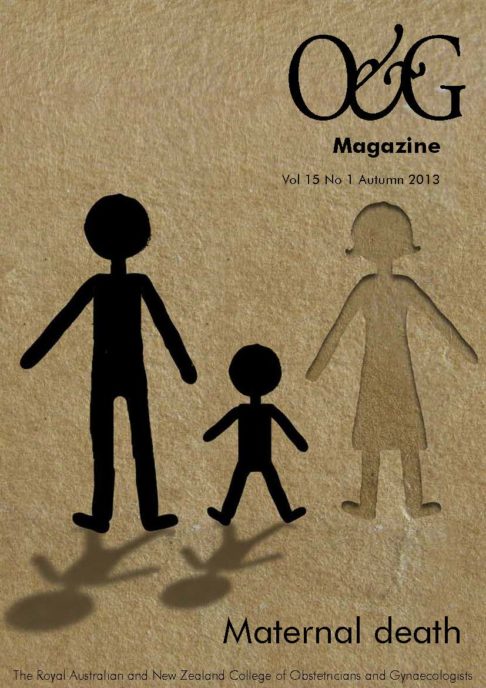

Fetal distress increases the risk of complications leading to potential brain damage or conditions such as cerebral palsy. AFE has the potential to prolong delivery, causing fetal distress. The survival rate for a fetus is about 70% and long term effects are closely tied to the time lapsed between maternal cardiac arrest and delivery of the baby. Other long term effects may include heart damage, nervous system dysfunction, and hysterectomy. While few women are able to recover after an AFE with no permanent damage, it’s common that survivors have neurologic deficits due to the lack of oxygen flow to the brain. Data from 2006-2016 reported that AFE accounted for 5-15% of maternal deaths in developed countries. The above three criteria are occuring during labor, delivery, abortion, or soon after postpartum.Īs we’ve already discussed, AFE is a very serious condition that may result in serious organ damage, cardiovascular trauma, or death.Coagulopathy or severe hemorrhage: Blood is not clotting properly.Acute hypotension or cardiac arrest: Low blood pressure or loss of heartbeat.In order to actually diagnose someone with AFE, four criteria must be met:

Sudden chills, shivering, sweating, vomiting, or coughing.Other signs and symptoms that may be indicative of AFE are typically sudden and may include: Presenting symptoms may involve multiple organ systems, and your doctor may use some basic lung scans and serum levels to determine diagnosis. If you’re concerned you may fit into one or more risk factors, talk to your doctor about your concerns and educate yourself on potential signs of AFE. Signs and symptoms of amniotic fluid embolism Forceps-assisted and vacuum-assisted vaginal deliveries.With so many unknowns regarding AFE incidence and cause, the following risk factors are identified from various case studies:

Potential triggers include abortion, trauma to the abdomen, and procedures such as intrauterine injections and amnioinfusion. What we do know from autopsy findings is that in 70% of cases, there is evidence of pulmonary edema, and there is amniotic fluid present, which is essential for diagnosis. Others believe a physical block to the pulmonary circulation is what causes AFE. Considered an unpredictable and unpreventable event, AFE may occur in healthy women anytime during the second trimester of pregnancy up to 48 hours after delivery.ĭue to the anaphylactic type reaction, many hypothesize that AFE is a result of the mother having an allergic reaction to the amniotic fluid or other fetal material. Unfortunately, the cause of an amniotic fluid embolism is still unknown. It’s estimated that AFE occurs between 1 in 8,000 and 1 in 80,000 deliveries, with a maternal fatality rate of approximately 13-26%, and fetal fatality rate of around 10%, relative to when AFE occurs during pregnancy or delivery. While we do know that AFE is a rare event, we don’t know exactly how rare. When AFE occurs, the body undergoes what is similar to an anaphylactic reaction, which may lead to organ dysfunction, cardiovascular collapse, coagulopathy (blood not clotting), and death. An AFE is most likely to occur during labor, soon after delivery, or during second-trimester procedures to abort a fetus or remove tissue following a miscarriage. What’s an amniotic fluid embolism?Īn AFE, or amniotic fluid embolism, is a severe pregnancy complication that occurs when amniotic fluid or fetal cells and debris enter the mother’s bloodstream. Lastly, amniotic fluid is used as a tool for doctors when monitoring pregnancy progression and potential fetal outcomes. Without it, normal development and growth of fetal organs would be impossible due to the fluid and space it allows inside of the womb. Amniotic fluid also has antibacterial properties and acts as a reservoir of fluid and nutrients for the fetus. There are many functions of amniotic fluid, including protection from maternal abdominal trauma and compression. What is amniotic fluid?Īmniotic fluid refers to the liquid surrounding a fetus during pregnancy. While it is rare, you may want to know what signs and symptoms to look out for as well as inform yourself about the ways to lower the risk of AFE. Have you heard of AFE? AFE, which is the acronym for amniotic fluid embolism, is a rare but serious pregnancy complication that can be very dangerous for you and your baby. Read on to learn more.īy OBGYN and fertility expert Dr.
#Amniotic fluid embolism second pregnancy how to
Knowing how to spot amniotic fluid embolism signs and symptoms can help keep you and your baby safe.


 0 kommentar(er)
0 kommentar(er)
